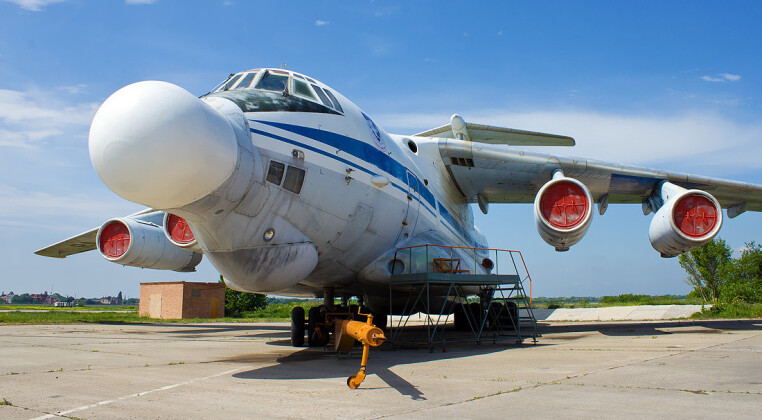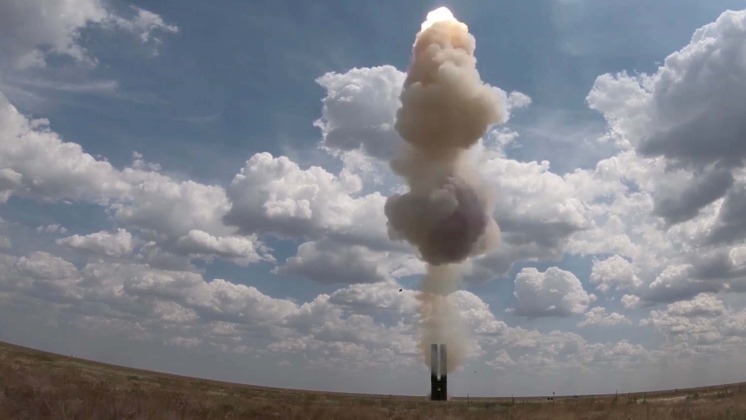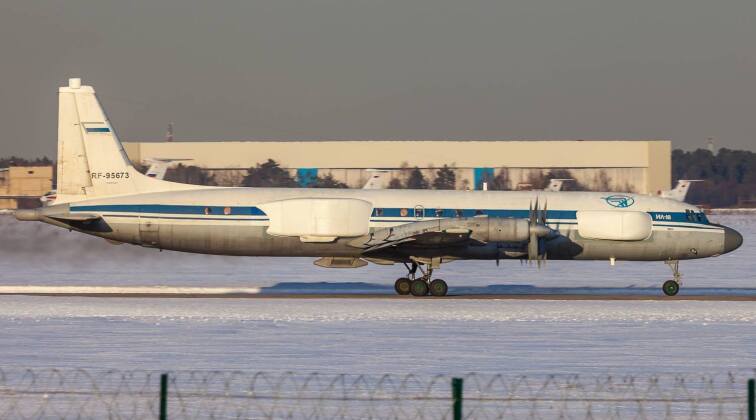News
Five Russian Weapons Systems Designed to Destroy NATO’s Satellite Network: From MiG-31Ds to Airborne Lasers
Following the outbreak of the Russian-Ukrainian War in February 2022 the value NATO’s vast satellite network contributed to countering Russian forces quickly became apparent, providing advantages from communications and command and control to targeting and surveillance which gave Ukrainian forces and the Western ground units fighting alongside them significant advantages. Although Russian lawmakers have several times raised the possibly that Western space assets contributing to the Ukrainian war effort could be legitimate targets, Moscow has stopped short of taking such steps or of engaging Western surveillance aircraft operating just outside Ukrainian airspace which have also played key roles in the war effort. The war has nevertheless renewed the perceived importance of anti satellite capabilities to any future Russian effort to engage NATO forces, which has become particularly important amid growing fears in Moscow that Western forces could intervene in the conflict much more directly leading to uncontrolled escalation. While multiple weapons programs for countering satellites are under development in Russia, all of which could play key roles in denying enemy forces the kinds of advantages Ukraine has recently enjoyed, five of the most significant are assessed below.

MiG-31D
Three years after the MiG-31 Foxhound heavyweight interceptor entered service in the Soviet Air Defence Forces in 1981, the USSR began development of a new variant of the aircraft with a very different role. Although maturing considerably over the next five years, work on the MiG-31D anti satellite warfare variant would stall following the end of the Cold War and would only receive renewed attention in the late 2010s. Aside from an image released in 2018 showing a MiG-31 carrying an unknown anti satellite missile, little is known of the stage which development of an anti satellite Foxhound variant has reached, what numbers it may currently be deployed in, or whether it has retained the MiG-31D designation.
The MiG-31 is prized for its very high speed and endurance, and is the fastest combat aircraft operational anywhere in the world today. It was notably designed to be able to operate in space carrying oversized missiles and, unusually, to be able to fire all its weapons from its maximum altitude. This provided valuable capabilities as an interceptor and effectively complement the potency of its sensor suite and very long reach of its air to air missiles. These capabilities also make it an optimal aircraft to carry large anti satellite weapons, with the missile developed for the Foxhound reportedly named ‘Kontakt.’ Russia currently fields over 100 MiG-31s as interceptors and close to three dozen as the MiG-31K and MiG-31I strike fighter variants carrying ballistic missiles, and could field several dozen equipped for anti satellite warfare drawing on its reserves of hundreds of Foxhound airframes. Many of these saw relatively little service before being placed in storage due to sudden and deep post Soviet budget cuts. A successor to the MiG-31 currently being developed under the PAK DP program is expected to improve on the class’ space warfare capabilities considerably.

Il-76 with Peresvet laser
The Peresvet laser was one of six Russian strategic weapons systems unveiled in March 2018 alongside a range of nuclear capable hypersonic and submarine delivery systems, and has at least five units in active service today primarily relied on for anti satellite warfare missions. The system began its first experimental combat duty in December 2018, and has been deployed with the road-mobile ICBM launchers in the past. An airborne variant of the laser weapons system is expected to provide significantly greater effectiveness against satellites, with a derivative of the Il-76 transport which forms the backbone of the Russian airlift capability expected to carrying it. Development of a laser weapons system mounted on the Il-76 dates back to the Soviet Union with work beginning in 1981, although the program stalled after the USSR disintegrated only to be restarted in the 2010s. The President of the St. Petersburg branch of the Tsiolkovsky Cosmonautics Academy Alexander Kovalyov referred to the airborne anti satellite system in a prominent article in early April as “a ready-made combat module and a menace to enemy satellites.” Extensive testing for development of such a laser system has been done by two A-60 research aircraft, which are extensively modernised Il-76s designed specifically for such tests.

S-500 and S-550
Entering service in September 2021 the S-500 mobile air defence system provided the Russian Air Force with a 600km engagement range against enemy aircraft from a road mobile asset, as well as the ability to engage strategic targets including intercontinental range ballistic missiles, space aircraft and low orbit satellites. Its entry into service has been delayed by over four years, which is speculated to be a result of the system’s required specifications becoming more ambitious to counter emerging threats from space and hypersonic weapons. The S-500 is not a direct successor to any preceding Russian asset, and instead provides a new tier to Russia’s air defence network which can be deployed very widely across the country to intercept ballistic missiles and other high end threats. It is expected that in the event of a major effort to neutralise NATO’s satellite network, the S-500 will be responsible for firing the majority of the shots due to the very large numbers it is expected to be fielded in, with its use of a ground based mobile launcher allowing it to be operated at a much lower cost than airborne assets like the MiG-31D. Its ability to engage other assets such as bombers and space planes can help justify large investment in the program which would be more difficult if it were designed for anti satellite warfare exclusively. A more specialised derivative of the S-500 was announced in November 2021 to be under development and specialised in defence against intercontinental range ballistic missiles, with this system expected to also play a major role in anti satellite warfare efforts.

A-235
Beginning development in the late 1980s the A-235 anti missile system was expected to provide the Soviet Union with its first road mobile missile system capable of intercepting intercontinental range attacks, while introducing multi layered defence with three different classes of missile. The longest ranged of these the 51T6 missile would be able to engage targets 1500km away at 800km altitudes, and could threaten space aircraft and satellites including those in higher orbits unreachable for systems such as the S-500. After development stalled when the Cold War ended work on the A-235 resumed in 2011 with flight testing resuming in 2014. As the highest tier in Russia’s air defence network, its much higher mobility than the preceding A-135 system provides significantly greater survivability while the collapse of the Anti Ballistic Missile Treaty in the 2000s potentially allows the new system to be deployed much more widely – rather than solely to defend Moscow. It remains uncertain how widely the A-235 will be deployed due to its tremendous cost, or whether its deployment could see the preceding A-135 system currently guarding Moscow reassigned to another high priority location in the country.

Porubshchik 2 and Il-22PP
The Porubshchik 2 electronic warfare aircraft currently under development was reportedly designed with anti satellite missions strongly in mind, and will provide a successor to the Il-22PP that joined the Russian Air Force from the mid 2010s. The Il-22PP was developed to disrupt radars, anti aircraft and cruise missile guidance systems and tactical data sharing networks, but according to some reports can also disrupt the electronics on enemy satellites. Reliance on these relatively low cost assets provides an asymmetric means of inhibiting the operations of a very costly class of enemy asset, and reflects a broader Russian emphasis on electronic warfare to compensate for a range of conventional disadvantages. With the Russian Military expected to begin bringing some of its first space aircraft into service in the 2030s, it is expected that these could integrate powerful electronic warfare suites which could also play major roles in non kinetically disrupting adversaries’ ability to use their satellite assets. Elements from the electronic warfare suites developed for the Porubshchik 2 could potentially be widely deployed across the Russian fleet.












